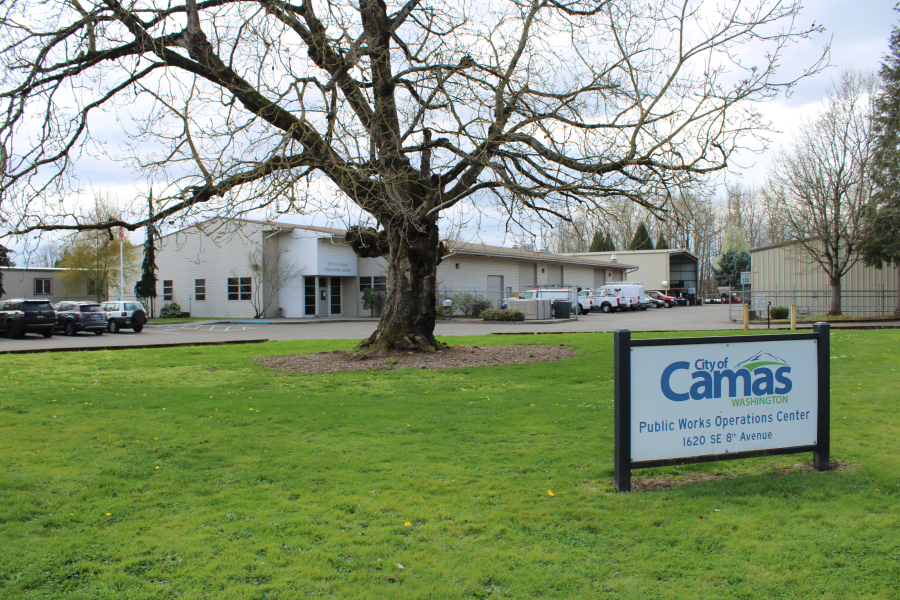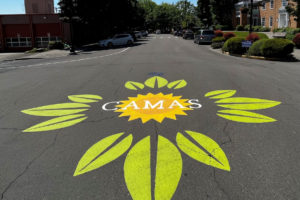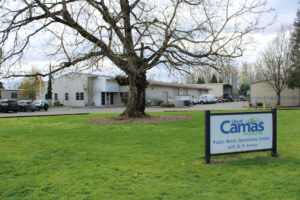A new report shows the city of Camas’ nearly 30-year-old public works operations building is facing growing pains as the city continues to expand.
“The existing operations center is not adequate to continue serving the city’s existing or future needs, especially given the continued growth in population and staff,” Camas Public Works Director Steve Wall told the Camas City Council earlier this month.
The city’s current public works operations headquarters is located on a 3.7-acre site at Polk Street and Southeast Eighth Avenue, next to the city’s Oak Park. The main building, which supports most of the city’s public works operations, was built in 1994.
Consultants have said possible remedies for the aging facility — including a “split scenario” to expand and renovate the existing facility and build a satellite site, and a second option that would build a new facility on a 10- to 15-acre site — will likely cost between $54 million and $59 million.
“We’re not here asking for money for a new facility,” Wall told city council members at the March 7 workshop, “but we will talk about next steps.”



